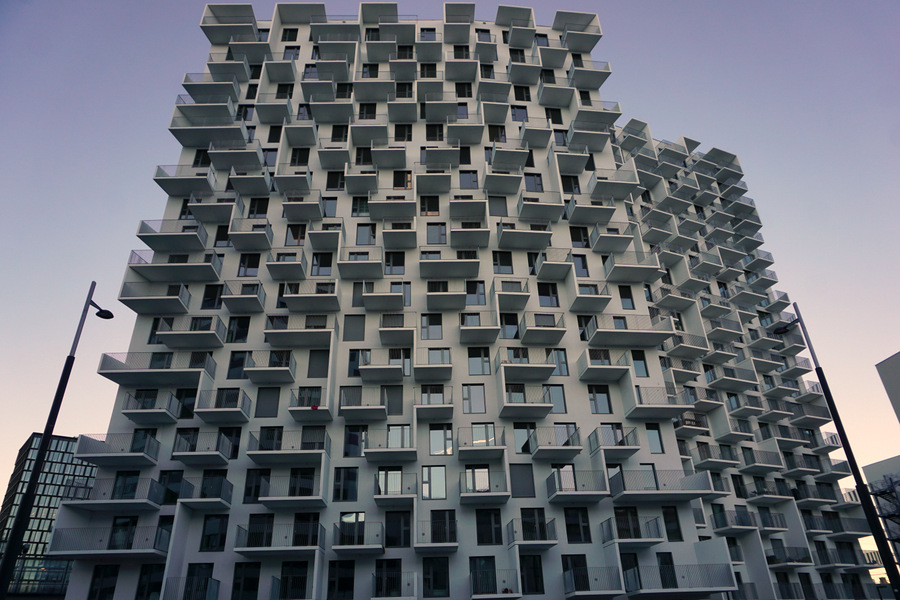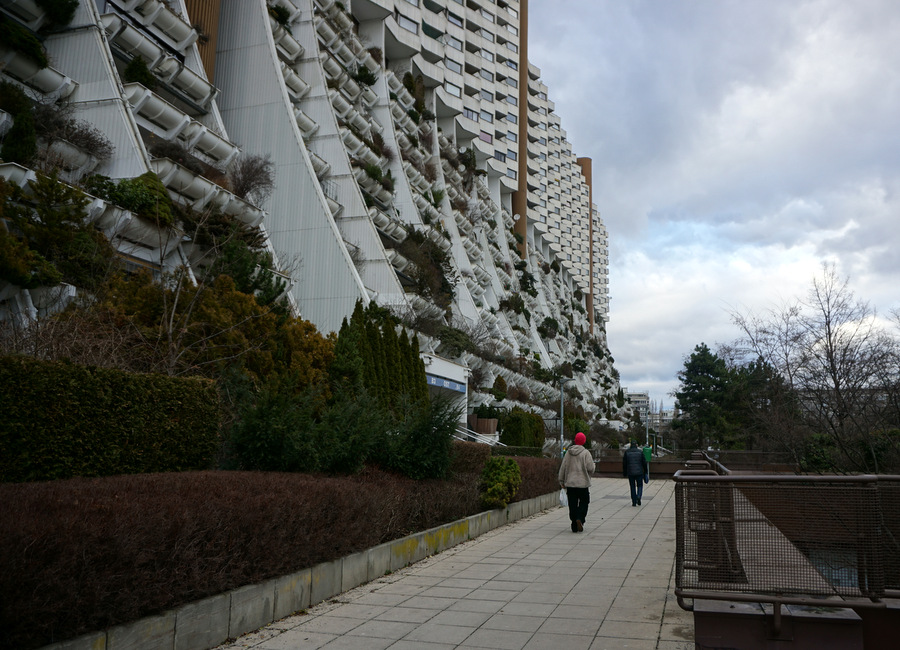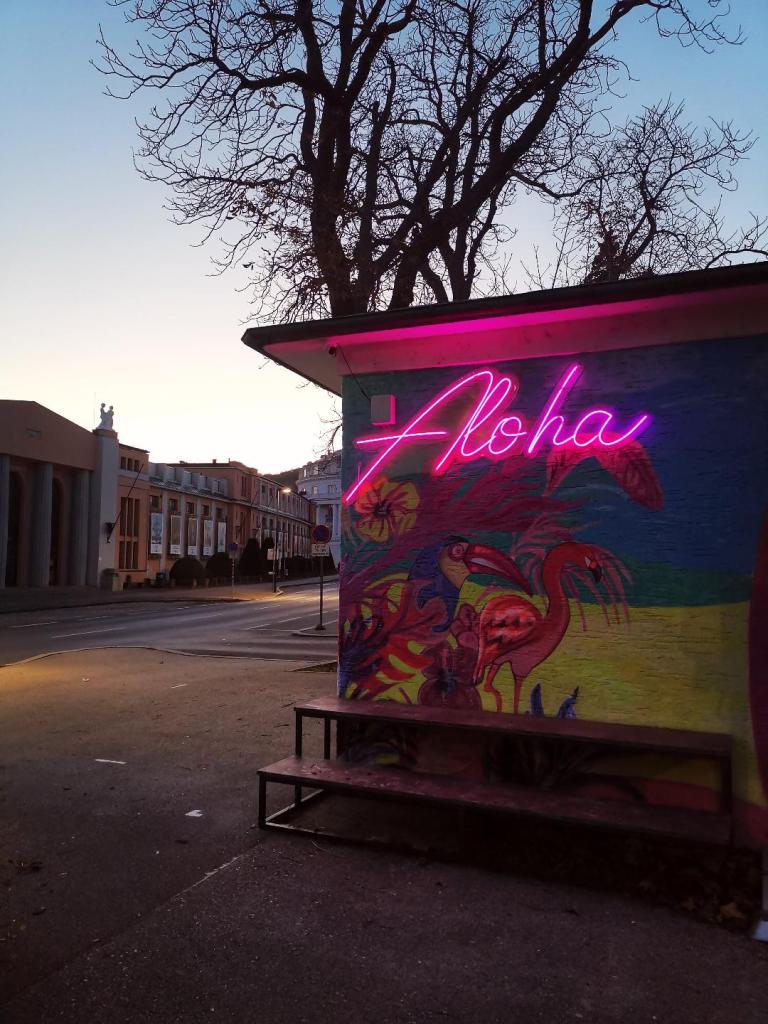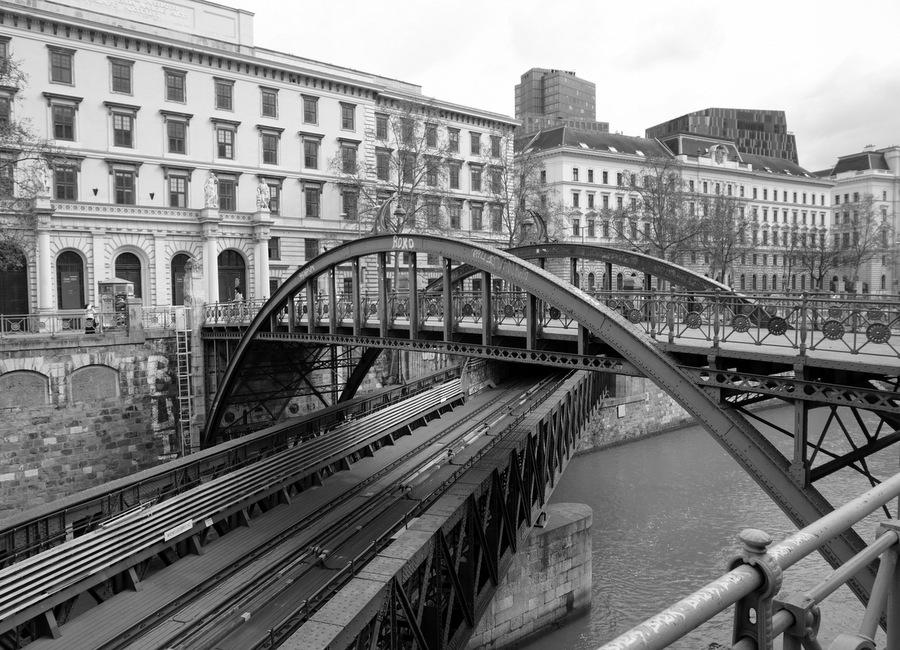
Photo
Florence 2017
The history of graffiti spans thousands of years, evolving from ancient cave paintings to a modern urban art form. Graffiti, derived from the Italian word “graffiato” meaning scratched, encompasses a wide range of artistic expressions, from simple tags to intricate murals.
In ancient civilizations such as Rome and Pompeii, graffiti served as a means of political and social commentary. Citizens would inscribe messages on walls, expressing dissent, admiration, or simply leaving their mark. The preserved ruins of Pompeii reveal a rich tapestry of ancient graffiti that provides insight into the daily lives of its inhabitants.
Today, graffiti continues to be a powerful form of expression, addressing social issues, cultural identity, and personal narratives. It has evolved from its humble beginnings in ancient caves to a dynamic, influential art form that resonates across the globe, leaving an indelible mark on the history of human creativity.









